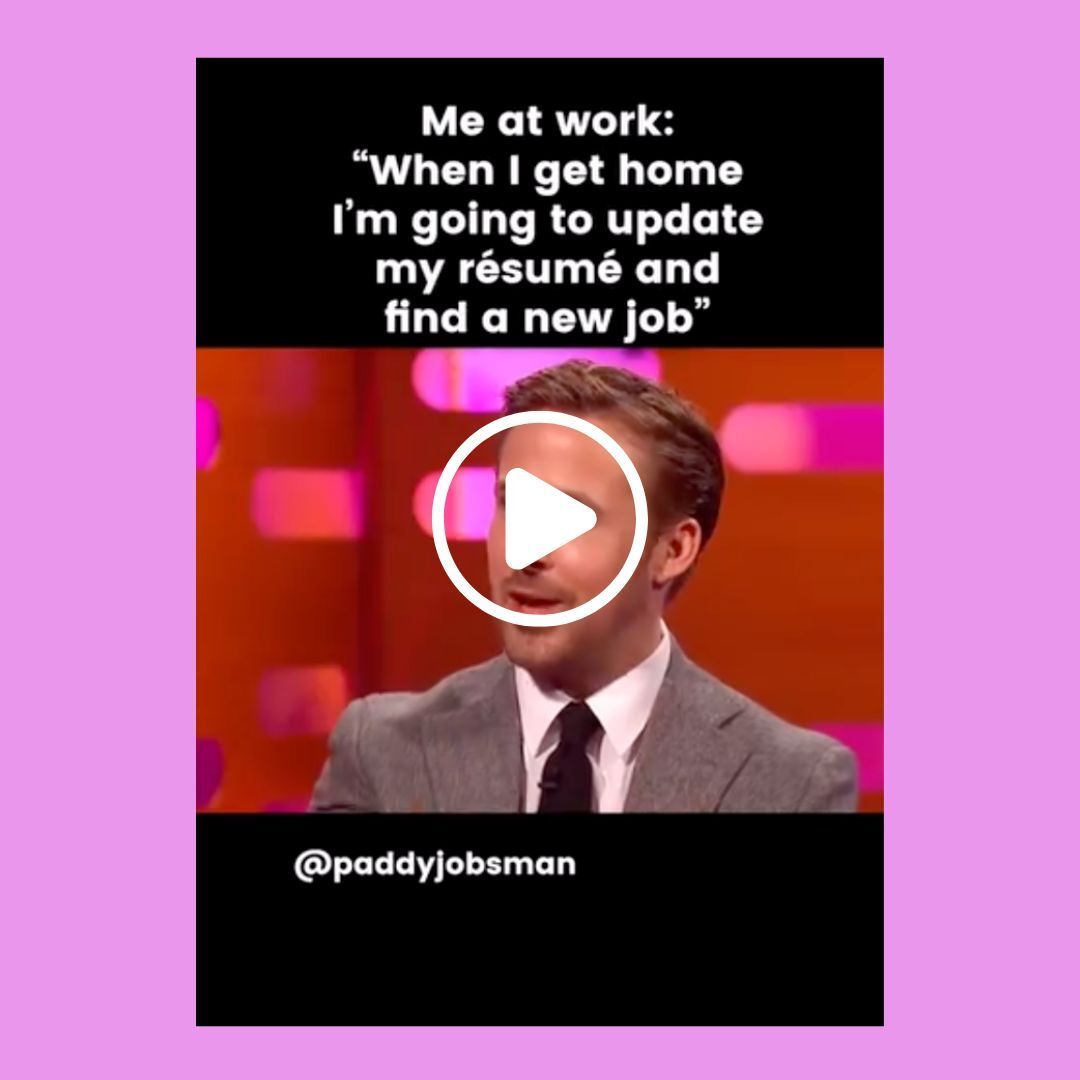- Skills Scoop
- Posts
- Credential Issuers You Should Know & The Blockchain Talk No One Agrees On
Credential Issuers You Should Know & The Blockchain Talk No One Agrees On
A rolodex of who does what in the credentialing world—plus, Thania unpacks the skeptics vs. cheerleaders in the blockchain-for-LERs debate
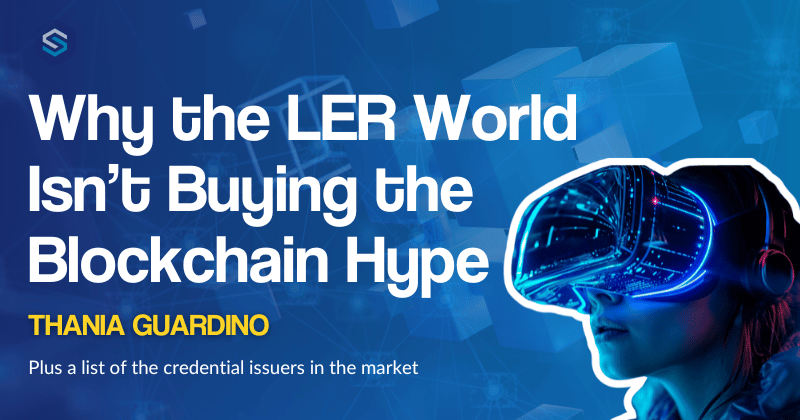

⬇️ Inside this issue:
The Credential Landscape: Issuers - who’s who (and what they do)
Thania explores the blockchain pros & cons in LER
A must-listen podcast episode on “AI in the Job Market”
INTERESTING READS
🧲 Gen Z is embracing a new trend called job-hugging—and it’s all about staying put, not job-hopping.
🤝 Over 60 major players are teaming up to build trust in skills with new cross-sector guidance.
🎯 Employers aren’t buying the badge hype. Here’s what they actually want.
🎓 Big update for 529 plans—families can now use them for more than just tuition.
ECOSYSTEM

The Credential Landscape: Organizational Issuers
Stepping into the world of digital credentials is a bit like wandering into a conference where everyone’s already mid-conversation. The name badges are there, but you’re not sure who to approach, what they do, or when you’d actually need them. That’s why we’re kicking off our five-part Credential Landscape series: think of it as your insider’s guide to the LER ecosystem. No paid placements, no jargon. Just a map of who’s who and why you might want them on speed dial.
We’ll start with organizational issuers—a sample of the universities, nonprofits, associations, and platforms awarding LER-aligned awards. Here’s who to call and when:
When You Want College Credit
Traditionally, universities conferred a diploma and a transcript to document a learner's completed course of study. Today, many institutions have expanded these conventional records with digital credentials, such as digital badges and LER’s, that provide an additional layer of resolution, alignment, and clarity to learners and employers.
Western Governors University (WGU) is the go-to for working adults. Its competency-based model means mastery is already baked in, so adding digital badges was a natural move. They also launched their own LER wallet this past month.
Arizona State University (ASU) is the experimentalist. From professional skills badges to microelectronics, they’re willing to try new things at scale. ASU also has its own Wallet, called Pocket.
Purdue Global is the practical choice. Their badges show off skills inside programs like learning design and technology.
University of Phoenix is all about scale. Since 2021, they’ve issued over 600,000 badges, powered by Credly.
Broward College is Florida’s workforce engine, offering microcredentials through its workforce division.
When You’re Reaching Younger Learners
Credentials aren’t just an adult game. K–12 and youth organizations are rethinking how skills show up before college.
SchooLinks makes CCR less of a box-checking exercise. Their badges align with state seals.
Scouts BSA is digitizing its iconic merit badges, starting with Digital Technology.
STEM.org certifies educators and programs globally, with its directory serving as a STEM quality stamp.
Mastery Transcript Consortium replaces grades with demonstrated skills, backed by 1EdTech certification.
Junior Achievement USA is bringing digital recognition to its classic career-readiness programs, issuing badges for skills like financial literacy and entrepreneurship. With employer-endorsed credentials, JA helps students showcase real-world readiness before they even enter the workforce.
When You Need Learning-at-Scale
Some platforms play both school and credential issuer, making them key players for enterprise learning.
Degreed is basically the system of record for skills.
Codecademy is for coders who want progress and proof, offering certificates of completion.
Coursera sits at the crossroads of academia and industry, offering everything from degrees to enterprise workforce badges.
Skillsoft is the corporate staple for large-scale skills development.
When You Need Proof It’s Real
Validation makes credentials matter. These issuers specialize in turning learning into trusted currency.
The Manufacturing Institute is the standard-setter for advanced manufacturing.
BCSI validates lab competencies and offers Evaluator Certification.
Aon helps employers map skills through tools like SkillsGraph.
ACT WorkKeys offers assessments tied to the National Career Readiness Certificate.
Education Design Lab is pioneering portable skill validation through XCredit.
When You Want Industry-Backed Credibility
Professional associations are still the big nameplates in many fields.
CompTIA remains IT’s baseline, with higher ed partnerships baked in.
Digital Marketing Institute issues certificates in social, strategy, and analytics.
IAB validates skills in digital media through its Education Center.
When You Want Workforce Impact
Some issuers are laser-focused on mobility for overlooked talent.
Hire Heroes USA launched the Verified Veteran Badge to help military members signal their service to employers.
Junior Achievement USA (yes, they deserve a second shout) is making career skills visible for students and young adults, proving that workforce development can start well before the workplace.
IBM SkillsBuild has issued millions of free badges worldwide.
CAEL helps adult learners turn prior learning into career mobility.
Whether you’re in workforce policy, higher ed, or HR—it’s nice to know which issuers to call or learn from when you’re building pathways, scaling programs, or simply trying to cut through the noise.
Next week, we’ll dive into the digital badge issuers themselves. From Credly to Badgr and beyond, we’ll show you who’s powering those little icons that are quickly becoming big currency in the labor market.
COMMUNITY INSIGHTS
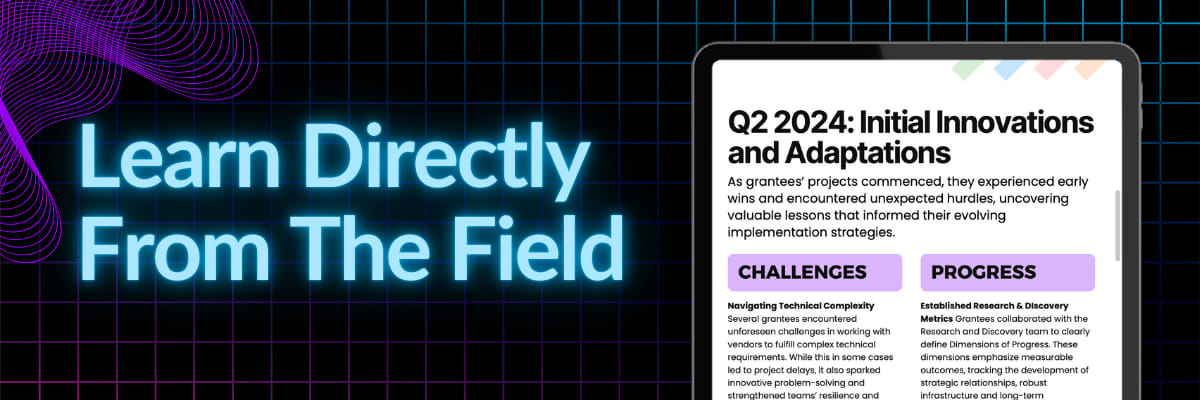
Learning from the front lines of LER implementation
Last week, SkillsFWD released an updated FWD Thinking: From the Field brief, capturing early findings, insights, and challenges from real grantee-led projects across the country. These are the organizations shaping the LER ecosystem from the ground up—and their lessons are invaluable for anyone navigating the complexities of digital credentialing, data interoperability, and stakeholder alignment. Inside the brief:
What’s working (and what’s not) in early implementation
How grantees are refining tech, partnerships, and user engagement
The role of career navigators, data-sharing frameworks, and trust-building
Insights to inform your own strategy—whether you’re building, funding, or aligning around LERs
TECHNOLOGY
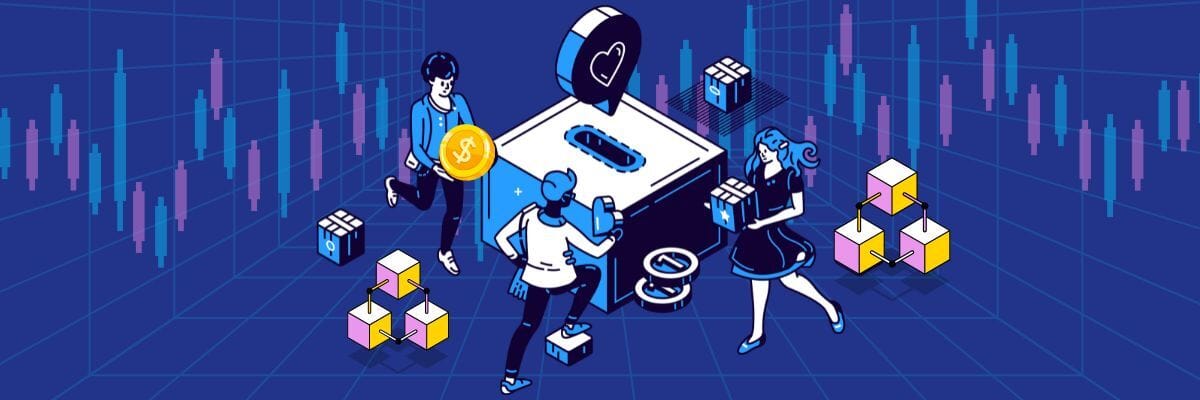
Blockchain and LERs: It’s Not That Deep (Or Is It?)
Let’s jump right in. Word on the street is that using blockchain technology in the world of learning and employment records is…touchy. Some people swear it’s the future. Others roll their eyes.
Me? I’ll admit I’m a newbie here.
My understanding of blockchain mostly comes from cryptocurrency. I know it’s supposed to be secure, transparent, traceable, and decentralized. I have some Bitcoin and a few other random coins. I’ve used Coinbase as my wallet and trading platform, and honestly? It’s been a pretty smooth experience.
So from that lens, I think: “Wouldn’t it be amazing if we had a Coinbase-style experience for LERs? Why is blockchain so controversial in this space?”
Here’s the lowdown on what I’ve learned—and the questions I’m still asking, so we can figure this out together.
Why Blockchain Makes People Nervous (and Excited)
Cheerleaders see blockchain as the missing trust layer for a global credentialing system. Their case goes like this:
Survivability. Credentials don’t vanish if a college shuts down—they’re anchored on-chain, as shown when MIT issued blockchain diplomas in 2017.
Privacy by design. Verification doesn’t require “phoning home” to the issuer.
Rule consistency. Smart contracts distribute governance across the network.
Resilience against lock-in. Learners aren’t dependent on one registrar or vendor.
Greener tech. Newer chains avoid Bitcoin’s energy bloat.
To them, blockchain is the infrastructure shift needed to finally make learner-owned credentials real.
Meanwhile skeptics counter that blockchain introduces more headaches than it solves. They point to lessons from pilots:
Cost and complexity. Even the American Council on Education’s blockchain sandbox concluded the tech was interesting but not essential.
UX headaches. Early blockchain projects asked learners to manage keys—a nonstarter for most people.
Privacy laws. Immutable ledgers clash with GDPR’s “right to be forgotten” (explainer here).
New silos. Networks risk becoming gated ecosystems where only members can play.
Potential exploitation. Token-based models could create toll booths around learner data.
From this perspective, blockchain doesn’t simplify our lives; it complicates.
Through the Adoption Lens
So maybe the real question isn’t “blockchain or not?” but “how do we design for adoption?”
Wallets. Gen Z is already used to Apple Wallet, crypto wallets, and mobile IDs. Should we really ask them to juggle yet another “LER wallet”? Or could credentials just live inside the wallets they already carry?
Privacy. If blockchain is all about transparency, how do we reconcile this with privacy laws that guarantee the right to erasure? Is storing only proofs/anchors enough, or is that just adding another layer of complexity?
Vendor lock-in. Could open standards like W3C Verifiable Credentials and Decentralized Identifiers keep things portable? Or do blockchain networks risk just creating new silos with their own rules of entry?
Exploitation. If credential systems adopt “pay-to-verify” models, do we end up charging learners (or employers) every time a credential is checked? Or can sustainable business models be built without turning records into toll roads?
I think a website analogy is helpful here: some sites are built entirely with HTML, while others utilize heavy frameworks. However, to the end user, it all appears to be just a website. Could LERs work the same way—some anchored to blockchain, others not—and no one outside the plumbing even notices?
Takeaway (Or…More Questions)
Maybe the bigger question isn’t “Is blockchain right for LERs?” but “What kind of credentialing ecosystem do we want to build—and what tech gets us there with the least friction?”
Could blockchain be one piece of that toolkit, humming quietly in the background? Could standards like W3C Verifiable Credentials carry most of the load? Or is the real unlock not the technology itself, but designing for adoption, trust, and learner control, regardless of what’s under the hood?
Because at the end of the day, learners aren’t asking: “Was this diploma anchored to Ethereum?” They’re asking: “Can I share this credential easily, and will it be trusted when I do?”
Now…before anyone comes at me with a strongly worded note on why I’m wrong, let me say: I’m just a girl trying to understand it all, be kind🤣. Got a strong take? Email me—I’d love to feature your perspective in an upcoming issue.
Thania Guardino |
KNOWLEDGE
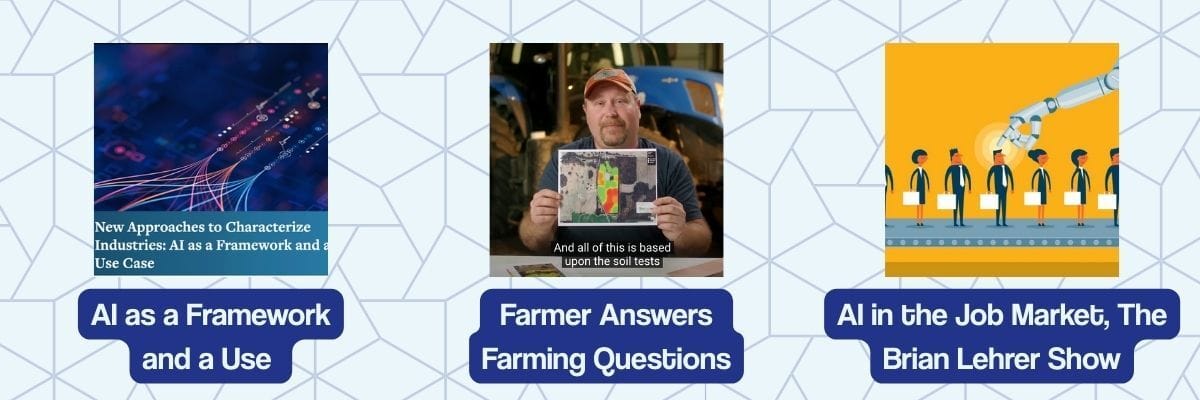
🍂 What to read, watch, and listen
This report examines why our existing systems for classifying industries can’t keep pace with the rapid diffusion of AI. From “industries of ideas” models to new skill-taxonomy frameworks, it offers fresh strategies to measure AI’s impact on jobs, talent flows, and workforce policy.
🎧 Listen: AI in the Job Market - NPR
On The Brian Lehrer Show (WNYC/NPR), experts explore how AI is reshaping hiring, training, and skills recognition. Instead of hand-wringing, the conversation reveals practical shifts that are already transforming how people and employers adapt to the future of work.
📺 Watch: Farmer Answers Farming Questions | Tech Support - WIRED
In this WIRED series, a professional farmer fields real questions about modern agriculture. The result? A surprisingly rich look at farming as a high-tech career—where today’s growers double as engineers, strategists, and data specialists in an AI-powered world.
FOR FUN’SIES
What did you think of this issue?On a scale to 1-5: |
💌 Have more feedback? Reply to this email and tell us. We read each one.
🗣️ Want to be featured as a contributor? We’re looking for industry people to write editorials.
